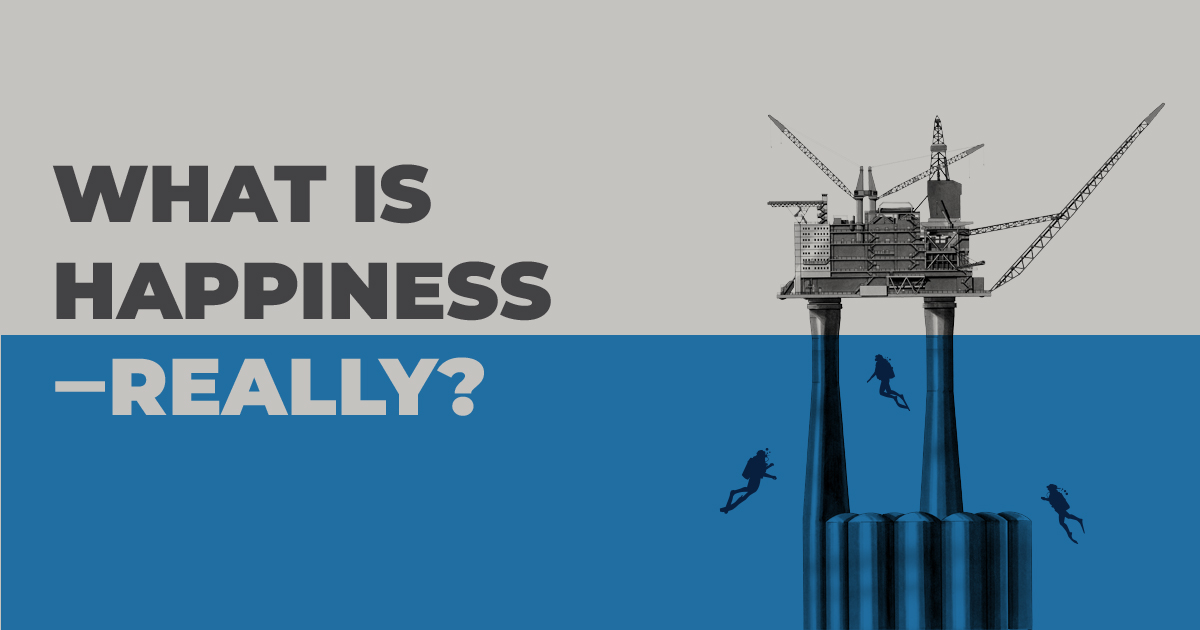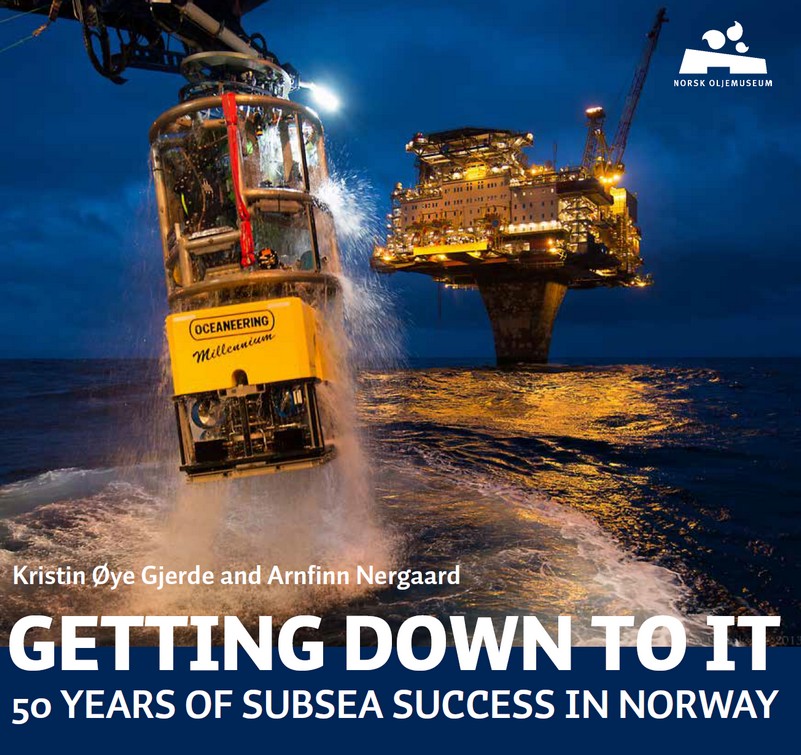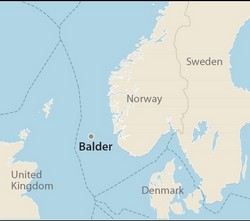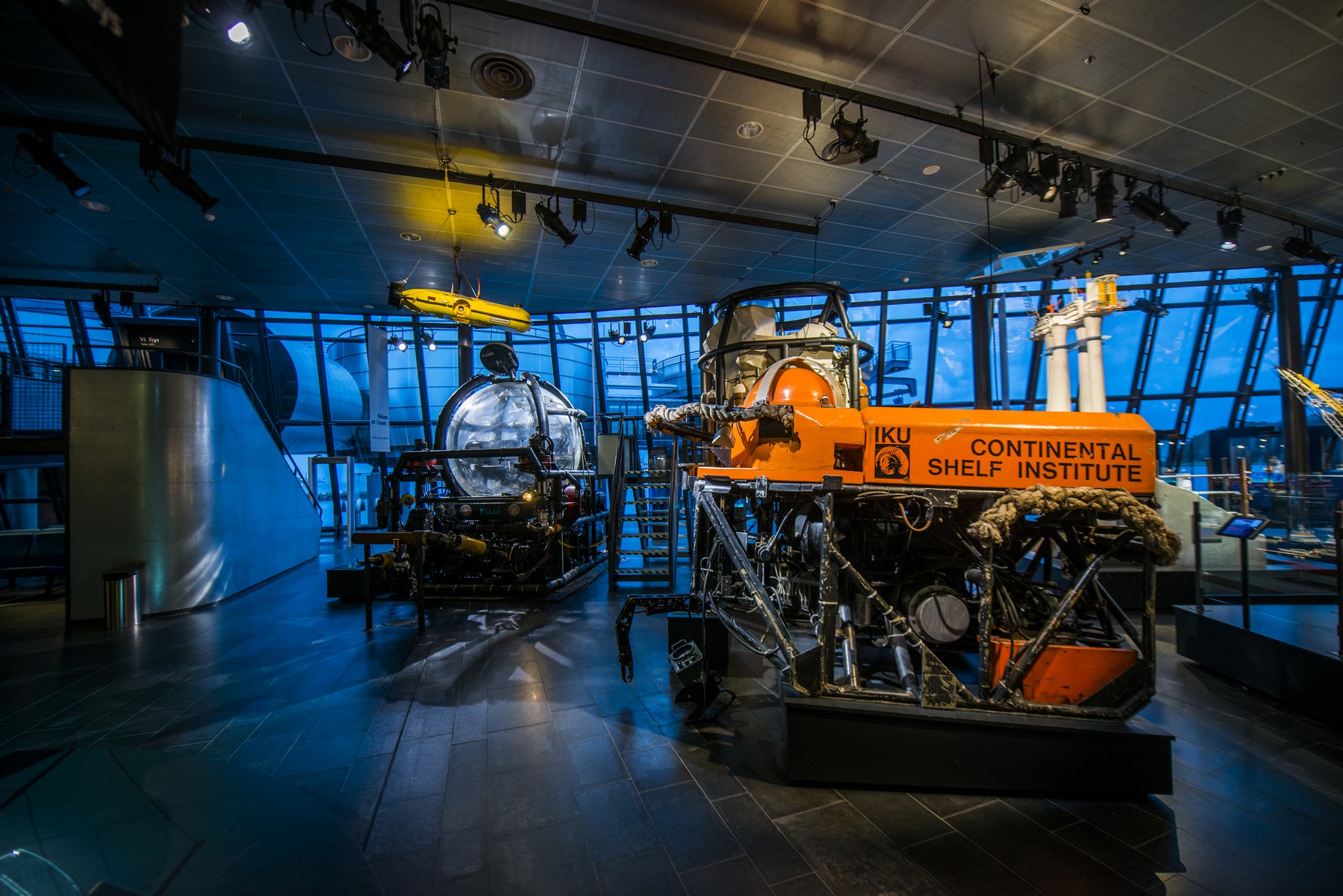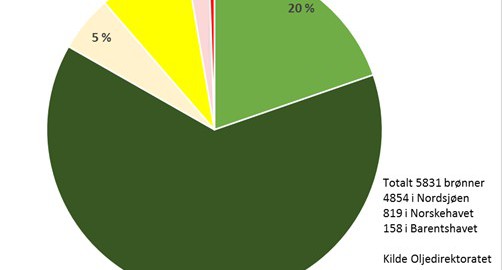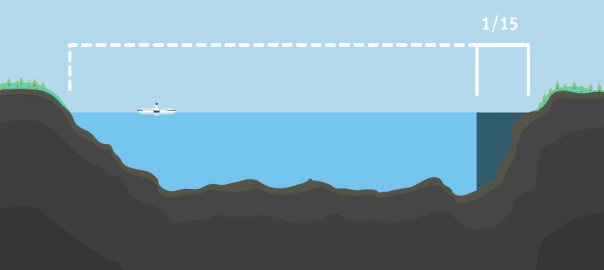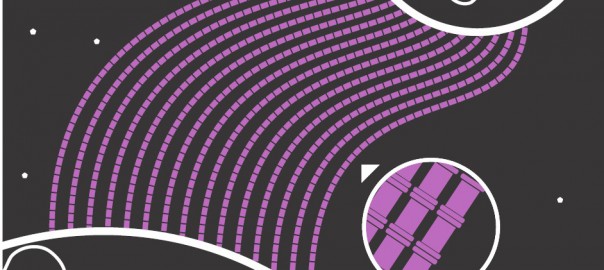Do you want to delve into the stories behind the drama in “State of Happiness”? In the third season, we’ve reached the years 1987 to 1990—a period of great upheaval. In 1986, the oil price falls, and for many, it becomes a difficult period. Several major accidents on the Norwegian continental shelf push forward changes in the safety regime.
New technology is about to dominate the oil industry, both on drilling decks and underwater. Remotely Operated Vehicles (ROVs) gradually perform much of the divers’ work. But for some, it is already too late. Reports of long-term injuries among several pioneer divers create fear.
The Setting is Stavanger
The series takes place in Stavanger. In the article “How oil changed the Stavanger region”, you can read about how Stavanger became an oil city and how the city has developed.
Dominant themes in the oil industry and the third season of “State of Happiness” include low oil prices and the establishment of the Oil Fund, increased safety, automation of drilling decks, underwater technology, and injured pioneer divers. You can read about all this and more at Industriminne.no or in other articles on the Petroleum Museum’s websites.
Here is an overview of some relevant articles:
Oil in the Economy:
• Oil crisis in reverse – about how the world was shaken by a new oil crisis
• When an iceberg grew into a mong– about the budget overrun at the oil refinery in Mongstad
• Arve Johnsen’s departure – about how Statoil’s powerful director had to leave due to the budget overrun
• Political management of Norway’s oil sector – concerns that the oil industry would undermine other Norwegian industries
• Oil prices slump – The price drop in crude oil came as a shock in 1986. Prices were halved from 1985 to 1986.
Increased Safety:
• Safety on Ekofisk—and on the Norwegian Continental Shelf – Ekofisk’s new strategy of continuous improvement.
• Evacuation Chute – The first test did not go quite as planned
• Gondola in free fall! – There are good reasons why the system was not put into use
New Technology and Automation of Drilling Decks:
• Ekofisk 2/4 X – The drilling rig was the most modern in the North Sea in 1996.
• Statfjord Satellites with Fruitful Industrial Cooperation
• Technology development in Statoil – Why has Statoil gained a reputation as innovative and proactive?
• Diverless subsea wells on Gullfaks – As the first field, Gullfaks could produce oil from subsea installations three years before the first platform came into operation—and without the help of divers.
• First diverless satellite field – East Frigg became the first field in the North Sea to be developed entirely without divers.
Increased Offshore Standards:
• Gullfaks – the first ‘Norwegian’ field – The field that opened in 1986 and is the setting for offshore life in Lykkeland
• Norway’s most profitable invention – About the computer program OLGA, which has saved oil companies on the Norwegian continental shelf more than 200 billion Norwegian kroner.
• Offshore supplement agreed – to more easily explain and defend the high salaries
• Television arrives on Statfjord – The event in 1986 changed the social dynamics on platforms
Underwater Technology:
• Diving research to make the impossible possible – Test diving to prove that divers could go down to 300 meters.
Consequences of Deep Diving on the Norwegian Continental Shelf:
• A General Article About North Sea Diving – Diving on Ekofisk
• Subsea work on Draugen
• Norway’s worst diving accident – On November 5, 1983, at 4 a.m., five people died in a tragic accident
• The book “The North Sea Divers” tells the full dramatic story of those who participated in this important part of Norwegian oil history





